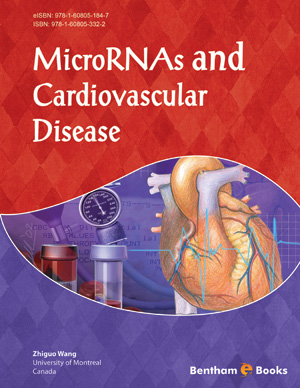Abstract
SHS investigation development is considered from the geographical and historical viewpoint. 3 stages are described. Within Stage 1 the work was carried out in the Department of the Institute of Chemical Physics in Chernogolovka where the scientific discovery had been made. At Stage 2 the interest to SHS arose in different cities and towns of the former USSR. Within Stage 3 SHS entered the international scene. Now SHS processes and products are being studied in more than 50 countries.
Abstract
Cardiomyocytes are excitable cells that can generate and propagate excitations; excitability is a fundamental characteristic of these cells, which is reflected by action potential, the changes of transmembrane potential as a function of time, orchestrated by ion channels, transporters, and cellular proteins. The electrical excitation evoked in muscles must be transformed into mechanical contraction through the so-called excitationcontraction coupling mechanism, and the proper contraction of cardiac muscles then drives pumping of blood to the body circulation. Arrhythmias are electrical disturbances that can result in irregular heart beating with consequent insufficient pumping of blood. Arrhythmias are often lethal, constituting a major cause for cardiac death, particularly sudden cardiac death, in myocardial infarction and heart failure. Recent studies have led to the discovery of microRNAs (miRNAs) as a new player in the cardiac excitability by fine-tuning expression of ion channels, transporters, and cellular proteins, which determines the arrhythmogenicity in many conditions. This review article will give a comprehensive summary on the data available in the literature. The basics of cardiac excitability are first introduced, followed by a brief introduction to the basics of miRNAs. Then, studies on regulation of cardiac excitability by miRNAs are described and analyzed.
Recommended Chapters
We recommend

Authors:Bentham Science Books


 Download PDF Flyer
Download PDF Flyer



